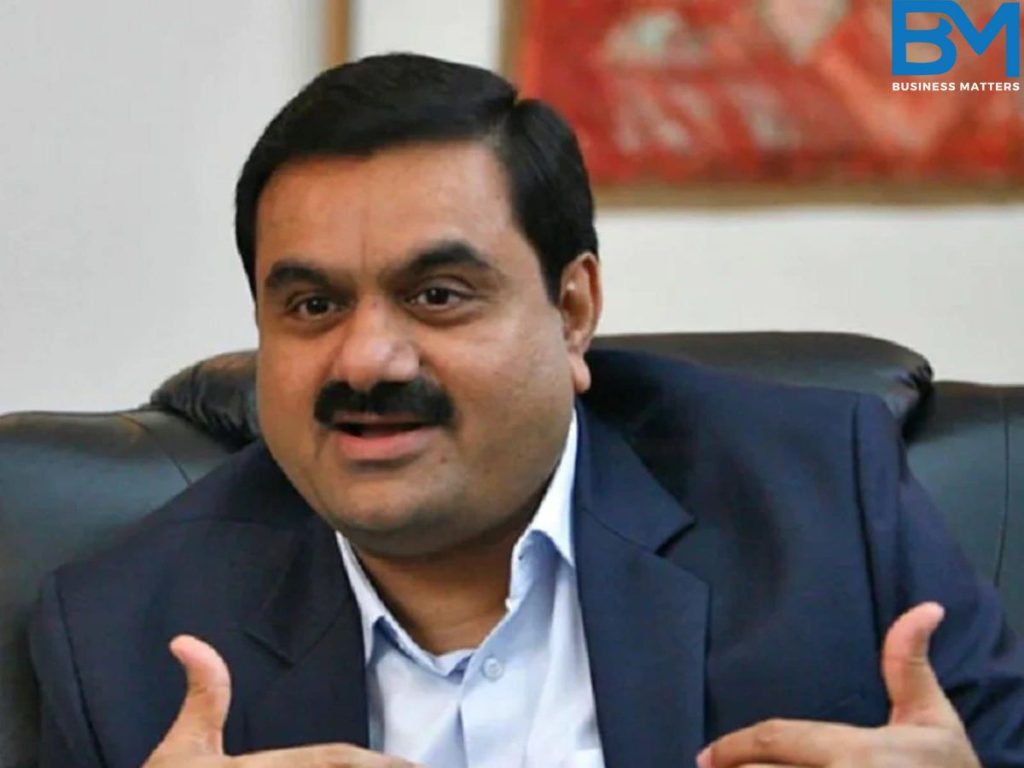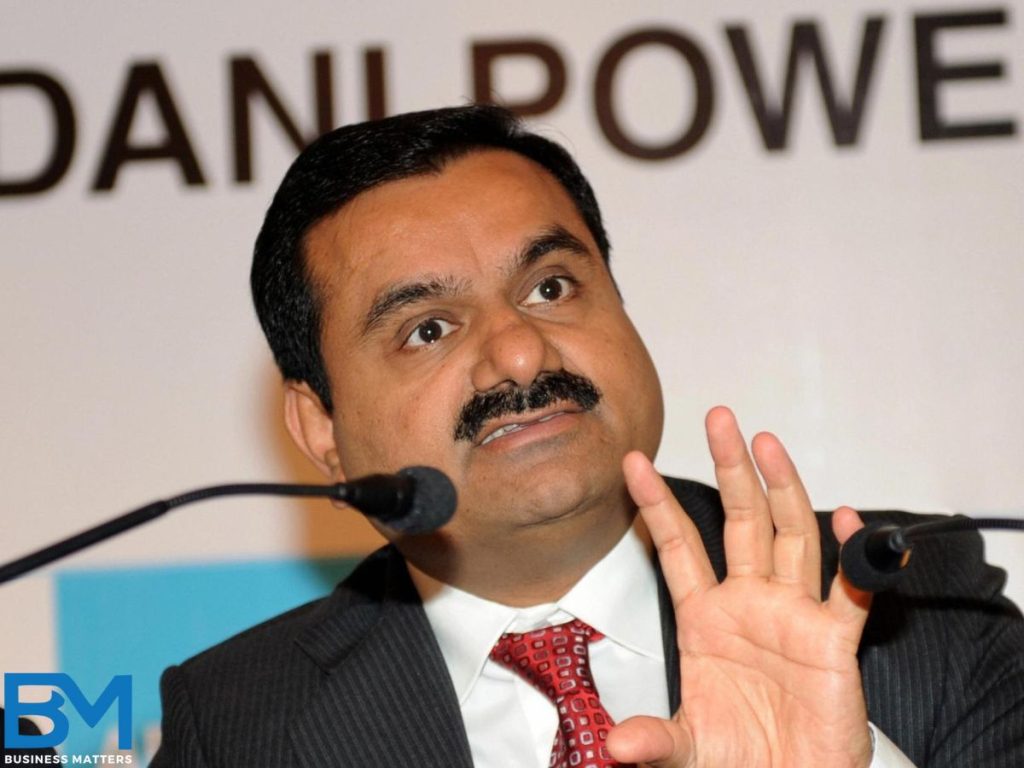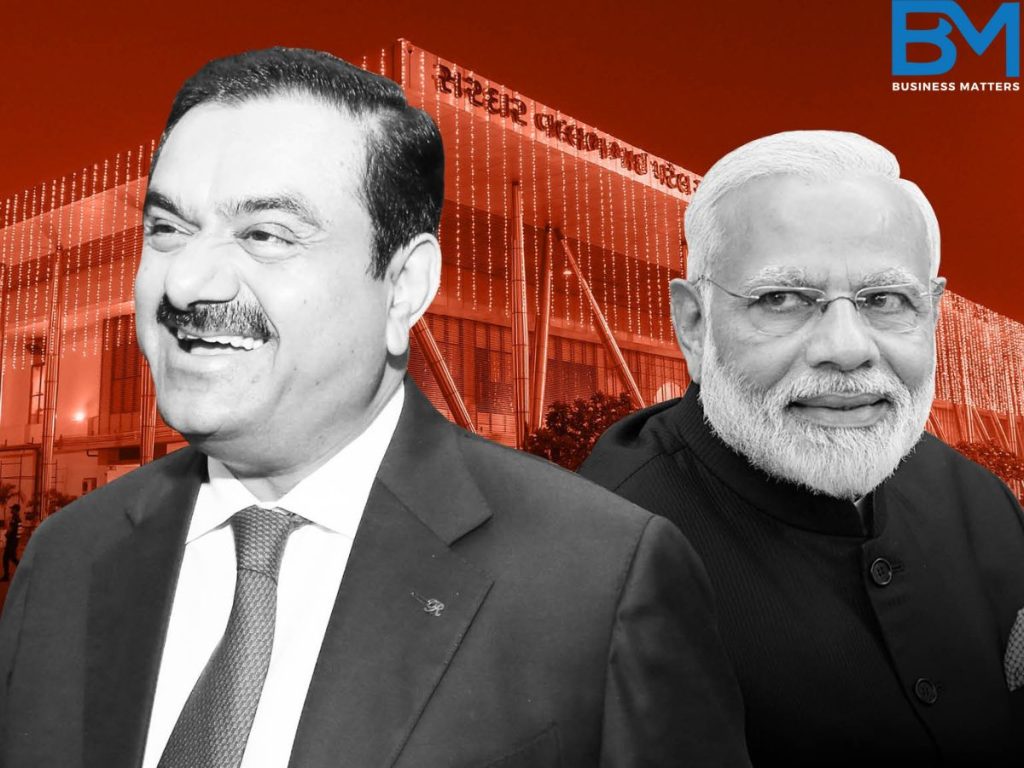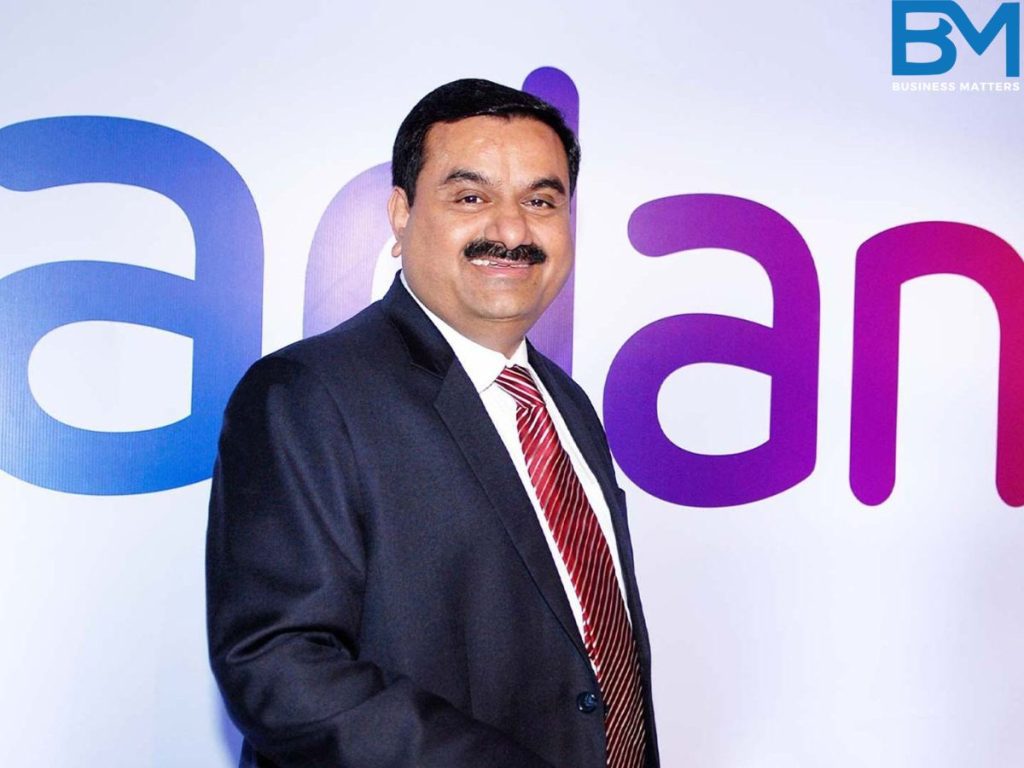Gautam Adani is one of the most inspiring and controversial entrepreneur and Billionaire in the global business world. From a modest background to becoming the head of one of the largest conglomerates in India, Adani’s journey is a testament to determination, vision, and risk-taking. This article delves deep into the life, achievements, and challenges of Gautam Adani, the man who built an empire from scratch and became one of the richest individuals in the world.
Early Life and Background
Born on June 24, 1962, in Ahmedabad, Gujarat, Gautam Adani grew up in a middle-class Jain family. His father, Shantilal Adani, was a small textile merchant, and his mother, Shantaben Adani, was a homemaker. Gautam was one of seven siblings and showed an entrepreneurial spirit from a young age.
Education and the Turning Point

Gautam Adani attended Sheth Chimanlal Nagindas Vidyalaya in Ahmedabad. He later enrolled at Gujarat University to study commerce but dropped out after the second year. His decision to leave college was driven by a desire to explore practical opportunities and his belief in learning through experience rather than formal education.
The Beginning of a Business Empire
Adani’s career began modestly when he moved to Mumbai in 1978 at the age of 16. He started working as a diamond sorter for Mahendra Brothers, a job that taught him valuable lessons in quality assessment, trading, and market dynamics. However, his ambition extended far beyond sorting diamonds.
The First Venture: Adani Enterprises
In 1981, Gautam returned to Ahmedabad to support his elder brother, Mansukhbhai Adani, who had acquired a plastics factory. This venture laid the foundation for Adani’s foray into global trading, as he began importing polyvinyl chloride (PVC), a key raw material for manufacturing plastics.
By 1988, Gautam Adani established Adani Enterprises Limited (formerly Adani Exports), focusing on commodity trading. The company’s initial operations revolved around exporting agricultural and power commodities. This marked the first step toward building the Adani Group, which would later become a multinational conglomerate.
Expansion into Infrastructure and Energy
Ports and Logistics
In the mid-1990s, Gautam Adani identified India’s growing need for efficient infrastructure, particularly in ports and logistics. In 1995, the Adani Group established Mundra Port in Gujarat, which has since become India’s largest commercial port. Mundra Port’s strategic location and state-of-the-art facilities positioned the Adani Group as a key player in India’s logistics sector.
Power and Energy
Understanding the critical role of energy in India’s development, Gautam Adani diversified the group’s portfolio into power generation and transmission. Adani Power Limited was established in 1996 and is now one of India’s largest private power producers. The company’s thermal power plants and renewable energy projects contribute significantly to the nation’s energy needs.
Renewable Energy
In recent years, Adani has made substantial investments in renewable energy, aligning with global trends and India’s commitment to sustainable development. Adani Green Energy Limited is now one of the world’s largest renewable energy companies, focusing on solar and wind energy projects.

Key Achievements
Building a Global Conglomerate
Under Gautam Adani’s leadership, the Adani Group has expanded its operations across multiple sectors, including:
- Energy: Power generation, transmission, and renewable energy.
- Infrastructure: Ports, logistics, and real estate.
- Agriculture: Food processing and storage.
- Defense and Aerospace: Manufacturing and technology development.
- Data Centers: Providing digital infrastructure solutions.
Financial Milestones
As of 2025, Gautam Adani’s net worth exceeds $75 billion, making him one of the wealthiest individuals globally. The Adani Group’s market capitalization has soared, reflecting investor confidence and the company’s strategic growth.
Challenges and Controversies
Environmental Concerns
The rapid expansion of Adani’s coal mining and thermal power projects has attracted criticism from environmentalists. Allegations of deforestation, displacement of local communities, and carbon emissions have sparked protests and legal battles.
Financial Transparency
Adani Group has faced scrutiny over its financial practices, including allegations of over-leveraging and opaque corporate structures. Critics argue that the group’s rapid growth has been fueled by high levels of debt, posing risks to financial stability.
Political Connections

Gautam Adani’s close ties with Indian political leaders have raised questions about favoritism and regulatory leniency. While Adani has consistently denied any undue influence, his relationship with the government remains a subject of debate.
Leadership Philosophy
Gautam Adani attributes his success to his focus on long-term goals, adaptability, and a strong work ethic. His leadership style emphasizes:
- Vision: Identifying emerging trends and investing in future-ready industries.
- Risk Management: Taking calculated risks to achieve strategic growth.
- Sustainability: Balancing profitability with environmental and social responsibilities.
Philanthropic Initiatives
Adani Foundation, the corporate social responsibility arm of the Adani Group, actively works in areas such as education, healthcare, and rural development. Key initiatives include:
- Education: Establishing schools, scholarships, and skill development programs.
- Healthcare: Providing medical facilities and mobile healthcare units in underserved regions.
- Community Development: Supporting sustainable livelihoods and infrastructure projects in rural areas.
Lessons from Gautam Adani’s Journey
- Believe in Yourself: Adani’s decision to drop out of college and chart his own path underscores the importance of self-confidence.
- Adapt to Change: His ability to identify emerging opportunities and pivot accordingly has been instrumental in his success.
- Take Calculated Risks: From trading PVC to building ports, Adani’s journey exemplifies the value of taking risks while managing potential downsides.
- Focus on Execution: Vision without execution is meaningless, and Adani’s meticulous implementation of projects has set him apart.
Conclusion
Gautam Adani’s transformation from a college dropout to a billionaire entrepreneur is a story of grit, determination, and innovation. Despite facing numerous challenges, he has built a global empire that continues to shape India’s economic landscape. His journey inspires aspiring entrepreneurs to dream big, embrace risks, and contribute meaningfully to society.
As Gautam Adani continues to expand his ventures into new territories and industries, his legacy as a visionary leader and a transformative force in global business remains firmly established. The world will watch closely as he navigates the complexities of the 21st century, proving once again that perseverance and ambition can turn dreams into reality.


